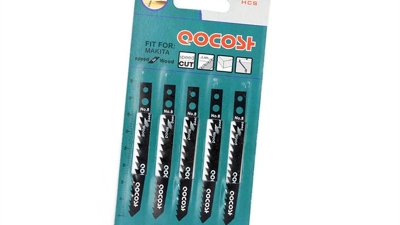Understanding the Common Challenges with 12 Inch Hacksaw Blades in Global Supply Chains
Table of Contents
- Common Defects in 12 Inch Hacksaw Blades and Their Impact on Supply Chains
- Navigating Transportation Challenges for Hacksaw Blade Deliveries Globally
- Quality Control Issues in the Manufacturing of 12 Inch Hacksaw Blades
- Supply Chain Disruptions: Case Studies Involving Hacksaw Blade Shortages
- The Role of Global Trade Policies on Hacksaw Blade Availability
- Strategies for Mitigating Hacksaw Blade Supply Chain Challenges
- Maximizing Precision in Woodworking: The Impact of Quality Jigsaw Blades on Cutting Performance
- FAQS
- Conclusion
- Related Posts
These days, running a global supply chain for things like 12-inch hacksaw blades isn’t exactly a walk in the park. There are tons of hurdles that can throw a wrench in the works, impacting everyone from the suppliers right down to the end users. At Wenzhou Yichuan Tools Co., Ltd., we kicked things off way back in 2003. Since then, we’ve gotten pretty good at making high-quality electric tool accessories, especially hacksaw blades that suit both pros and DIY lovers. But even with our best efforts to deliver top-notch products, challenges like supply chain hiccups, raw material costs bouncing around, and sometimes inconsistent quality control can make it tough to keep up with the demand for these blades. This blog is all about exploring some of those common issues in the global supply chain for these essential tools. We want to give you an inside look at how we, as a dedicated manufacturer, work through these challenges to make sure our products are always available and reliable in the market.
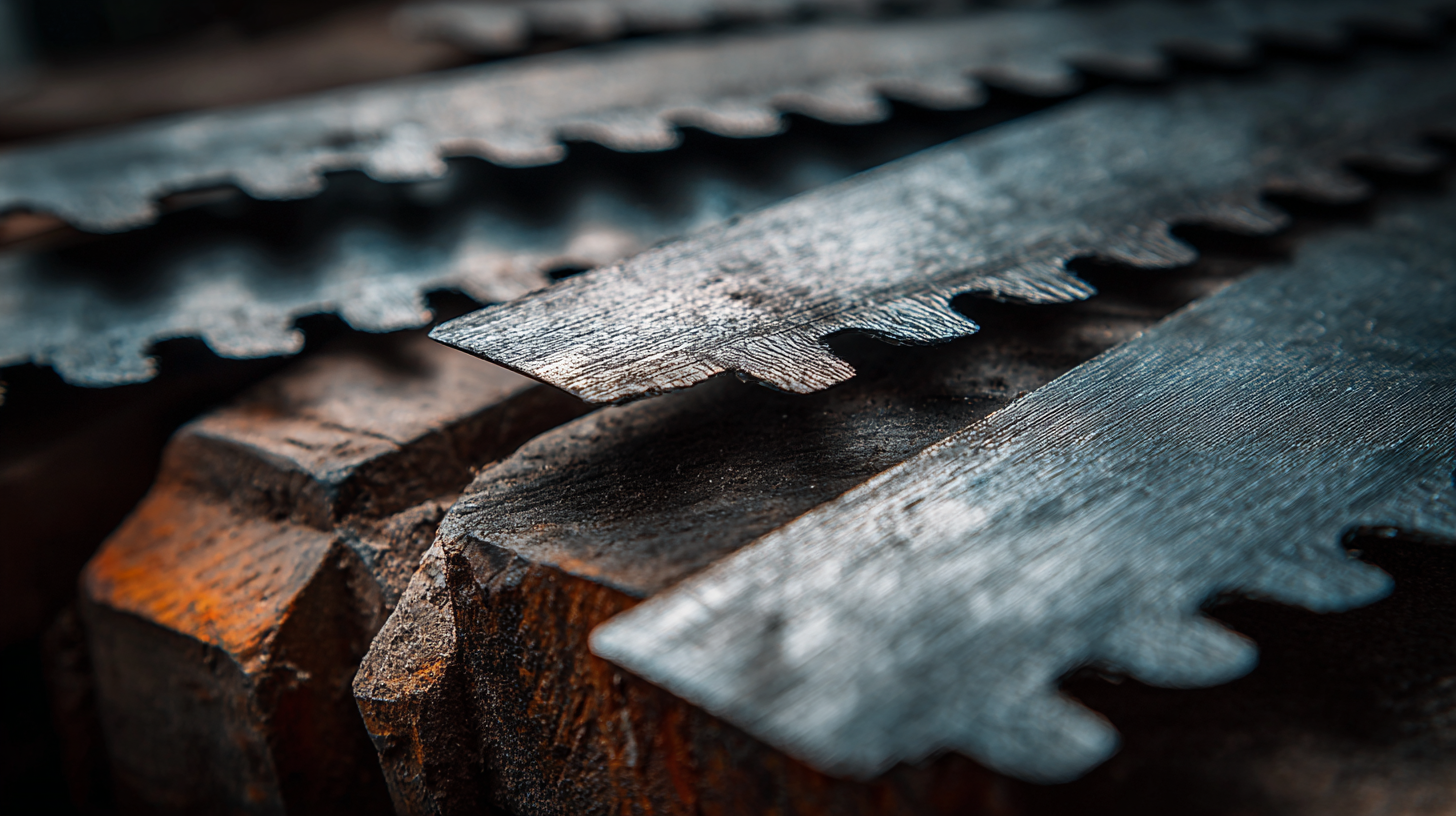
Common Defects in 12 Inch Hacksaw Blades and Their Impact on Supply Chains
When it comes to making and distributing 12-inch hacksaw blades, any little defects in the production process can really throw a wrench in global supply chains. A recent report from the International Association of Cutting Tools (IACT) pointed out that almost 20% of these blades end up with some kind of flaw — whether it’s poor tempering or misaligned teeth. These issues don’t just affect the quality; they also lead to more returns and warranty claims, which can hurt a manufacturer’s reputation and slow things down operationally.
But it doesn’t stop there. These defects can ripple through the entire supply chain, causing delays and bumping up costs. In fact, a study by the Global Supply Chain Council suggests that defects can make up as much as 15% of total supply chain expenses. That’s why catching these problems early and keeping a close eye on quality is a big deal. In today’s world, where fast delivery and reliable products are everything, fixing these common flaws in hacksaw blades is pretty much essential for manufacturers who wanna stay competitive and keep their supply chains smooth sailing.
Navigating Transportation Challenges for Hacksaw Blade Deliveries Globally
Transport issues really affect how 12-inch hacksaw blades get around in the global supply chain. As companies push to make deliveries more eco-friendly, the logistics world is changing quickly. I recently read that those last-mile deliveries—like the final stretch to the customer—actually make up around 28% of shipping costs. That’s a pretty big chunk, and it just shows how important it is to come up with smarter ways to handle transportation while keeping things green.
Thanks to digital tech and AI, things are starting to look a lot different. Tools powered by AI can plan delivery routes more efficiently, which helps cut down emissions and saves time. Of course, there are still hurdles—trade barriers and ongoing supply chain hiccups aren’t making things easier. The International Air Transport Association even predicts these problems will stick around into 2025, especially affecting airlines. So, basically, businesses need to get creative—by using new tech and rethinking their logistics plans—to make sure those vital hacksaw blades arrive on time to meet global demand. It’s all about adapting to stay ahead in this crazy, ever-changing environment.
Understanding the Common Challenges with 12 Inch Hacksaw Blades in Global Supply Chains
| Challenge | Description | Location Impacted | Mitigation Strategy |
|---|---|---|---|
| Transportation Delays | Delays due to customs clearance and regulatory checks. | Worldwide | Enhanced communication with customs and faster document processing. |
| Damage During Shipping | Blades can get damaged due to inadequate packaging. | International Shipping Routes | Invest in better packaging and handling training. |
| Variable Demand | Unpredictable demand fluctuations can lead to stock issues. | Regional Markets | Implementing a robust forecasting system. |
| Supply Chain Disruptions | Events like pandemics or natural disasters affecting supply lines. | Global | Diversifying suppliers and carrying higher inventories. |
| Logistical Costs | Increasing costs related to transportation and logistics. | All Regions | Negotiating contracts with logistic service providers. |
Quality Control Issues in the Manufacturing of 12 Inch Hacksaw Blades
You know, when it comes to making 12-inch hacksaw blades, quality control really can’t be overlooked, especially these days with global supply chains getting more complicated than ever. Honestly, the precision needed is no joke — even tiny mistakes can cause big troubles when you're actually using the blades. Manufacturing teams often run into headaches trying to keep up with strict quality standards because of all sorts of issues like raw materials that aren’t quite up to scratch, equipment slipping out of alignment, or inconsistent processes from one factory to another.
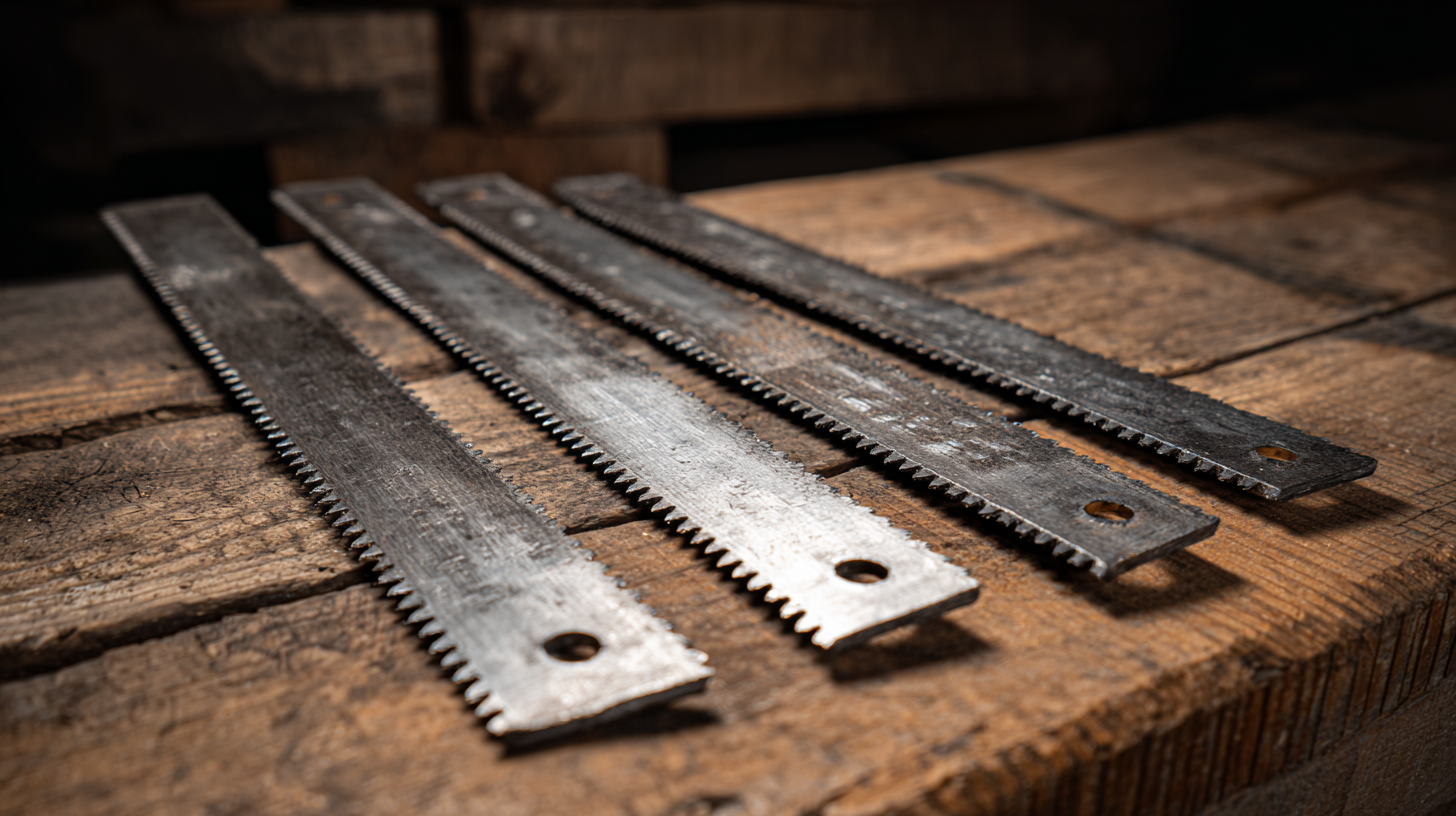
And it doesn’t stop there. The whole quality assurance thing gets even trickier because different countries have all these different rules and standards. Some companies might be super strict, doing thorough testing all the time, while others might let a few things slide — which, of course, leads to a real difference in how good the final product is.
Luckily, tech is on our side now. Tools like automation and smarter monitoring systems are making it easier for manufacturers to catch issues early and keep everything on track. By taking advantage of these advances, they can make sure each hacksaw blade performs as it should, giving users that reliable tool they need and helping companies stay competitive in this crazy global market.
Supply Chain Disruptions: Case Studies Involving Hacksaw Blade Shortages
Lately, the whole global supply chain for 12-inch hacksaw blades has been pretty shaky, which is throwing a wrench into lots of industries that depend on these essential tools. You know, stuff like raw material shortages, shipping delays, and even tensions between countries—these factors have really caused shortages across the board. As a result, manufacturers are having to rethink how they’re sourcing these blades, trying to find better ways to keep things moving.
There are some stories that really put this into perspective. For example, a mid-sized company making specialized auto parts ran into delays because their hacksaw blade suppliers kept missing shipping deadlines. That backlog of projects led to increased costs and made it tough to keep customers happy because things just weren’t arriving on time.
Then there’s a construction outfit that also struggled to get enough blades. That slowed down their building projects and made expenses climb as they scrambled to find other suppliers. These kinds of stories just show how fragile and complicated the global supply chain can be, and why it’s so important to have smarter sourcing plans and better risk management strategies in place.
The Role of Global Trade Policies on Hacksaw Blade Availability
In today’s world, which feels more connected than ever, the availability of everyday tools like 12-inch hacksaw blades is really affected by global trade policies. These rules can either make it easier or tougher for goods to cross borders, which impacts everyone — from manufacturers to everyday folks. For a company like Wenzhou Yichuan Tools Co., Ltd., that's been making top-notch electric tool accessories since 2003, staying on top of these challenges is super important to keep the supply chain smooth and steady.
Things like tariffs, import quotas, and different regulations can throw some serious hurdles in the way for manufacturers who rely on international markets to get their raw materials and parts. It’s not just about price either — these issues can cause delays, leaving professionals and DIY fans frustrated when they count on their tools being available when they need them. Getting a handle on all this stuff is really key for businesses that want to keep things running smoothly and make sure top-quality products like our jigsaw and reciprocating saw blades can still make it to customers all around the world.
Understanding the Common Challenges with 12 Inch Hacksaw Blades in Global Supply Chains
Strategies for Mitigating Hacksaw Blade Supply Chain Challenges
Lately, it’s become pretty clear that issues with 12-inch hacksaw blades in global supply chains are more pronounced than ever. If you’ve read recent reports, especially from studies highlighting vulnerabilities across different sectors, it’s hard to ignore how fragile things really are. For example, a report by Boston Consulting Group pointed out that a whopping 72% of FTSE 100 companies see supply chain risks as a top concern. That just goes to show how crucial it is for businesses to come up with solid strategies to tackle these challenges. And with the renewable energy market going through ups and downs, it’s more important than ever to explore adaptive ways to stay ahead.
When it comes to the tooling issues in the aftermarket, manufacturers and suppliers really need to focus on building resilience. Things like adopting lean manufacturing methods and spreading out supplier relationships can make a huge difference—kind of like having a backup plan for when disruptions hit. Take renewable energy firms, for example—they’re investing in local supply chains to cut down some of the pressures from global shortages, which have been messing with prices and availability. Companies like Wenzhou Yichuan Tools Co., Ltd., which is big in electric tool accessories, really practices this approach. They've been constantly improving the quality and efficiency of their jigsaw and reciprocating saw blades to better meet the needs of both pros and DIY fans. Basically, by being flexible with sourcing and planning ahead, the tool supply chain can get a lot stronger in this fast-changing world.
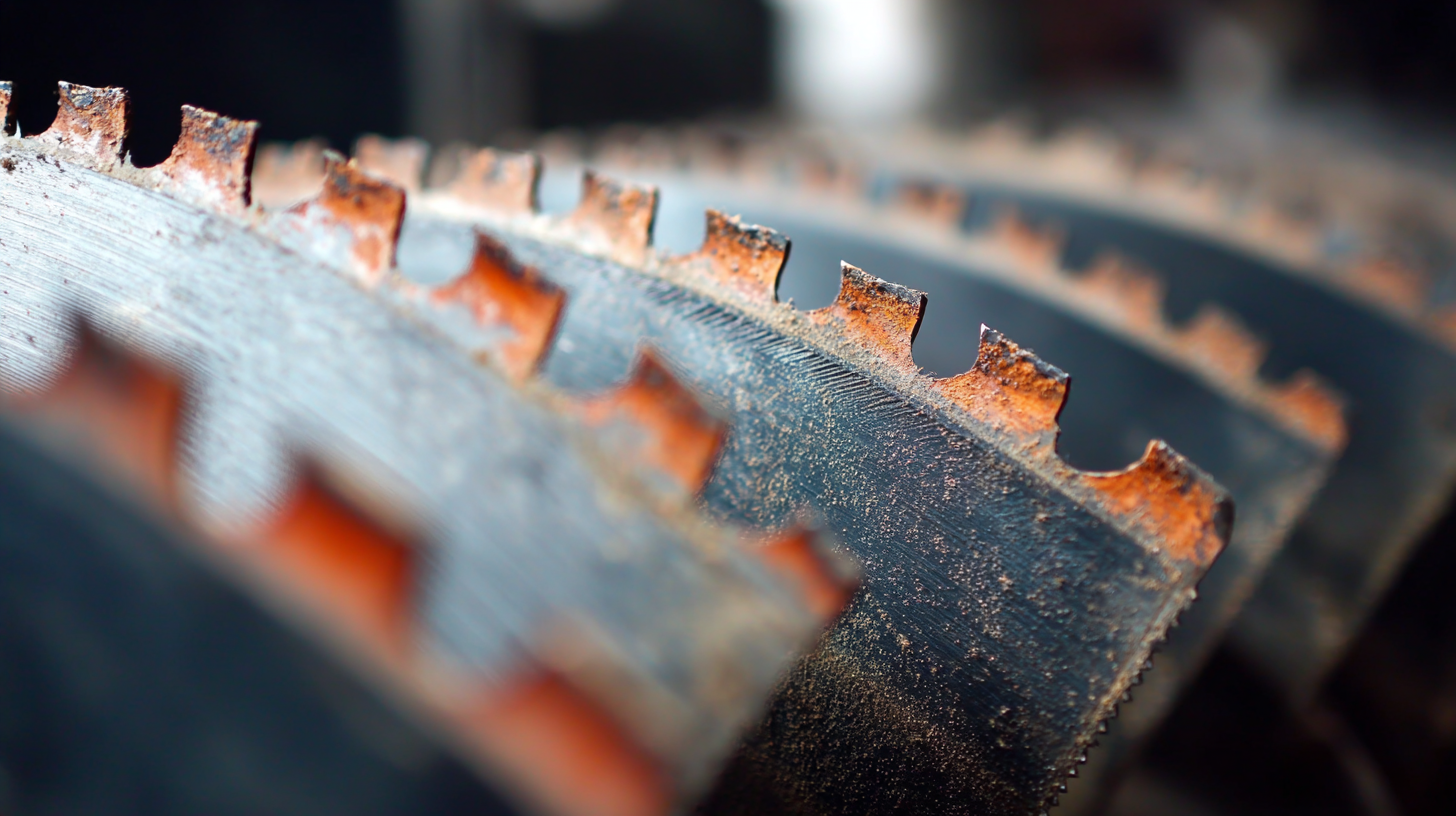
Maximizing Precision in Woodworking: The Impact of Quality Jigsaw Blades on Cutting Performance
When it comes to precision woodworking, the quality of your tools can make a significant difference in performance, and one pivotal component is the jigsaw blade. A well-crafted blade can enhance not only the accuracy of your cuts but also the overall finish of your projects. The Makita Type jigsaw blades are engineered with ground teeth, which provide a sharper edge and smoother cuts. This precision is essential for achieving clean lines and perfect edges, making them a favored choice among woodworking enthusiasts.
The application of these blades is specifically designed for straight cutting in wood, allowing woodworkers to execute intricate designs with ease. Whether you are working on furniture or decorative pieces, using a high-quality blade means less splintering and cleaner cuts, which ultimately reduces the need for extensive sanding. The convenience of a unit package containing five blades packaged neatly in a paper card or double blister ensures that you always have a dependable tool on hand, ready to help elevate your woodworking projects to the next level. Investing in quality jigsaw blades like the Makita Type not only increases efficiency but also enhances the joy of creating with precision.
FAQS
: Common defects include poor blade tempering and improper tooth alignment, with nearly 20% of blades produced showing some form of defect.
Defects compromise blade quality, lead to increased returns and warranty claims, and can account for up to 15% of overall supply chain costs.
Companies face challenges such as last-mile delivery costs, environmental concerns, and logistical complexities, particularly in achieving zero-emission deliveries.
AI-driven vehicle routing solutions optimize delivery routes, enhance efficiency, and reduce emissions, vital for navigating transportation challenges.
Shortages have been caused by raw material shortages, transportation bottlenecks, and geopolitical tensions, impacting various industries that rely on these tools.
A mid-sized manufacturing firm faced delays due to shipping issues with hacksaw blade suppliers, leading to a backlog of projects and increased operational costs.
A construction firm experienced slower project execution and rising expenses as they sought alternative suppliers due to challenges in acquiring hacksaw blades.
Early detection and quality control are crucial to maintaining product reliability and ensuring timely delivery, which helps manufacturers maintain their market position.
Relying on a single supplier can create vulnerabilities, as seen in shortages that led to operational challenges and strained client relationships due to unmet expectations.
Companies should reassess sourcing strategies and implement more resilient procurement practices to better manage risks and ensure consistent supply.
Conclusion
These days, dealing with supply chains for 12 Inch Hacksaw Blades isn't exactly a walk in the park. You know how sometimes blades come with defects or issues? Well, that can throw off delivery times and leave customers pretty frustrated. Plus, problems during transportation or quality checks at the factory can make shortages even worse — and suddenly, projects get delayed, whether you're a pro or just into DIY stuff.
To really get a handle on this, it’s super important to understand how global trade policies play into everything. Looking at real-world examples of supply chain hiccups can help companies come up with smarter strategies to handle these kinds of challenges. Here at Wenzhou Yichuan Tools Co., Ltd., we’ve been around since 2003. Our goal is to make top-notch electric tool accessories that satisfy our customers’ needs, all while juggling the tricky global supply chain stuff to keep things reliable and always deliver quality.
Related Posts
-

Top Strategies for Choosing the Best 6 Inch Hacksaw Blades for Your Projects
-

The Future of Best Reciprocating Saw Blades Innovations and Trends Shaping the Industry
-
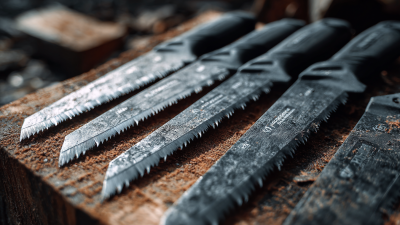
Unlocking the Future of Best Reciprocating Saw Blade Set Market Insights and Usage Guide to 2025
-
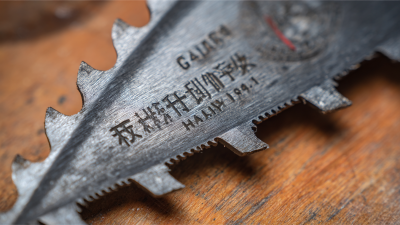
Discover the Superior Quality of China's Best Double Sided Reciprocating Saw Blade Manufacturing
-

Unlocking Efficiency with the Best Reciprocating Saw Blades Screwfix for Global Procurement Success
-

The Future of Innovative Fire And Rescue Reciprocating Saw Blades
Blog Tags:






